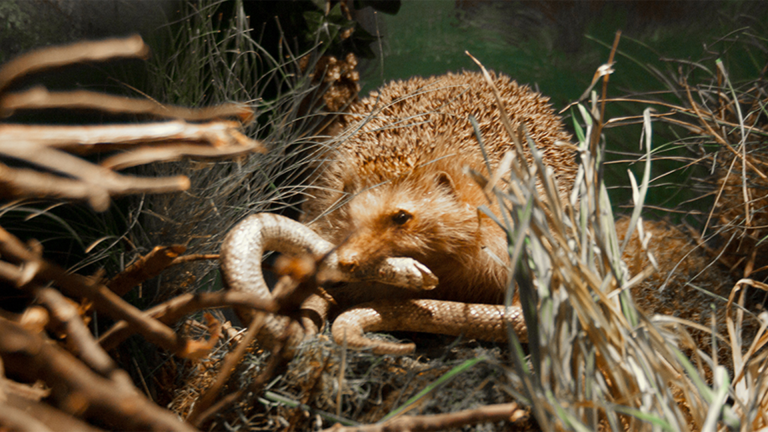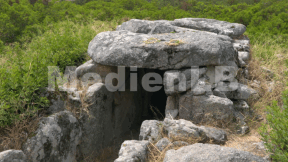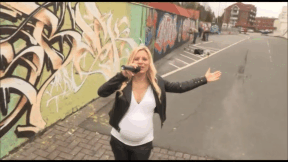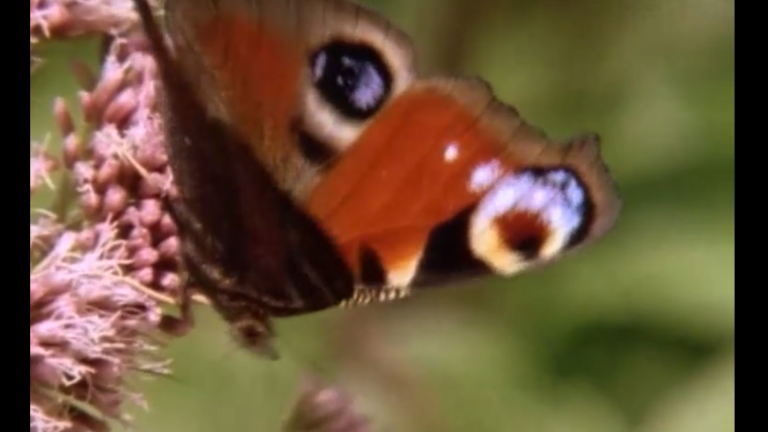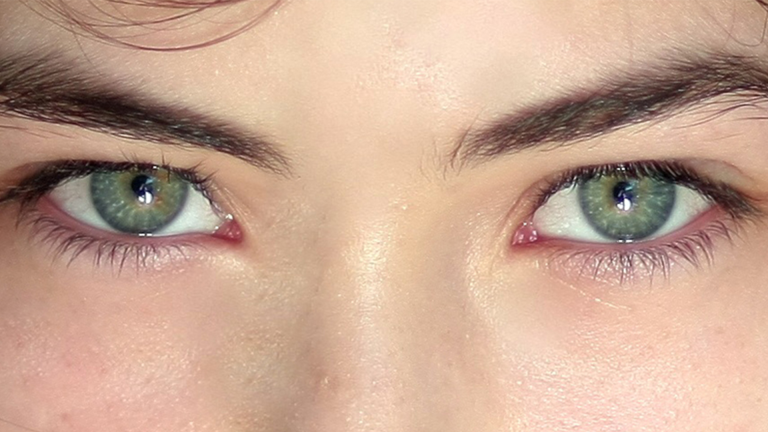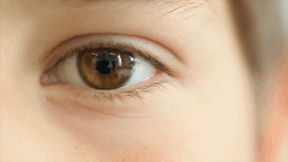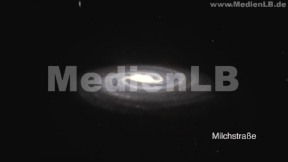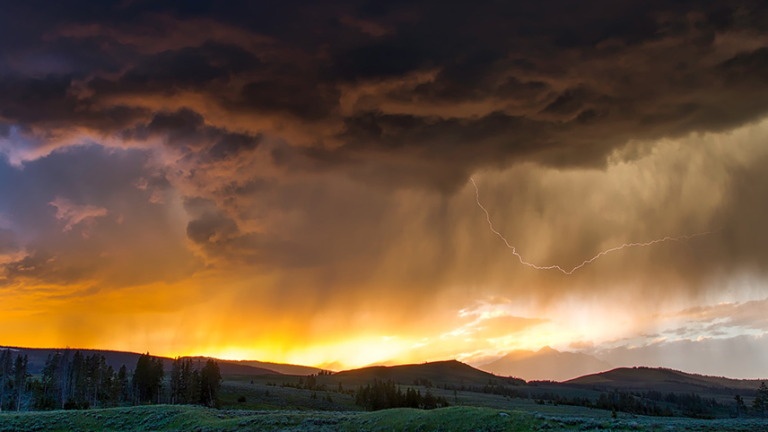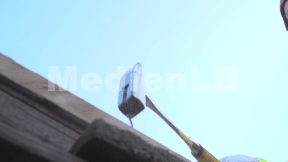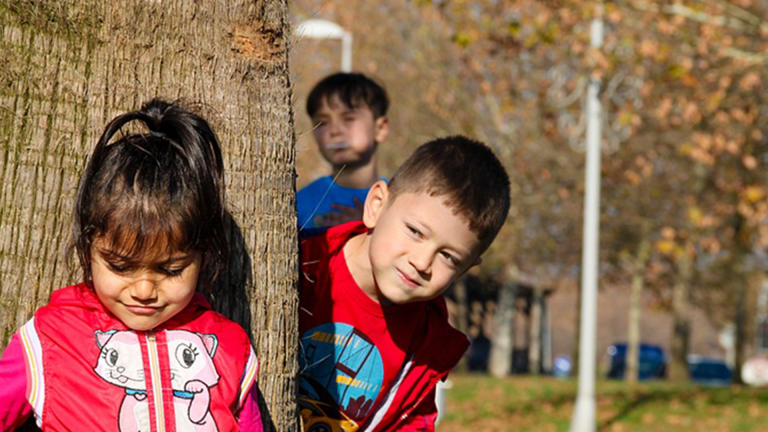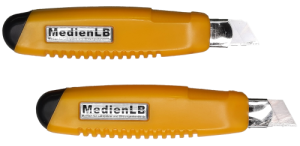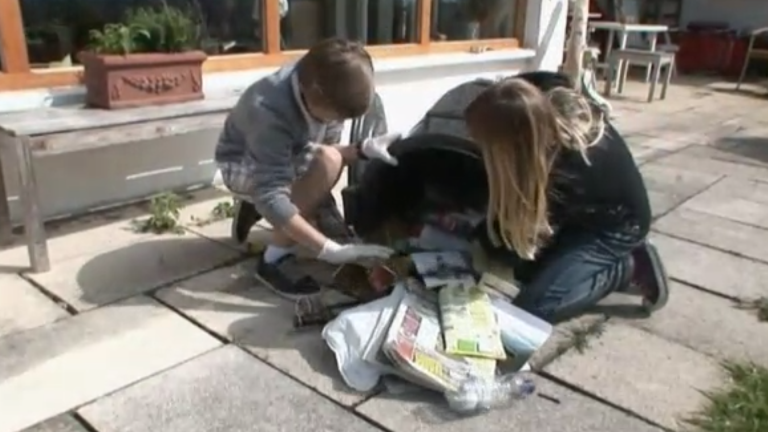Suche:
- # Artistry
- # Biology
- # Chemistry
- # Ecological
- # Economy
- # English
- # Foreign Language
- # Geography
- # German
- # Health
- # History
- # Informatik
- # Latin
- # Mathematics
- # Media Education
- # Music
- # Physics
- # Politics / Civics
- # Preschool
- # Primary School
- # Religion
- # Society
- # Sports
- # Technology
- # Training of Teachers
- # Vocational Education
The Hedgehog
It carries on its back up to 8000 spines although it is no more than 30 centimetres long. In spite of that it can assert itself very well against its enemies. Because this insectivore can roll up into a ball. Although the hedgehog is a wild animal, it likes to live near humans today. With simple explanations and beautiful film shots the pupils learn about the species-specific behaviour, the characteristics of our endemic common hedgehog but also about the threats it is exposed to. At night, the hedgehog is accompanied on its forays for food, by day, it can be seen sleeping deeply in its hideout, and when the mating season is over, six orphaned hoglets are accompanied on their way to maturity. The thematic fields focussed upon are habitat and distribution, characteristics, behaviour throughout the year, food, reproduction as well as protection and endangerment. The film arouses curiosity about and fascination for the hedgehog and furthers the pupils’ environmental awareness. Together with the extensive accompanying teaching material the DVD is perfectly suited for use in the classroom.
Learn moreKraft der Musik
150 Helfer und Helferinnen haben das gleiche Ziel: Die Show im Jahr 2012 soll noch größer und spektakulärer sein als alle bisherigen, denn es ist das 20-jährige Bühnenjubiläum von DJ BOBO. Mehr als 4 Millionen Menschen haben seine Shows bereits gesehen. Die Fans lieben seine Musik, vor allem aber auch seine speziellen Bühnenshows und die besonderen Lichteffekte. Seine Hits und die immer wieder gigantischen Bühnenbilder animieren die Zuschauer zum Kauf einer Konzertkarte. Die Tournee dauert 7 Wochen und 8 Trucks, die mit 140 t Bühnentechnik beladen sind, fahren von Stadt zu Stadt. Nur etwa 12 Stunden bleiben zum Aufbau der riesigen Showbühne.
Learn moreButterflies
Butterflies fascinate adults just as much as children. The colourful insects are beautiful to look at and herald the summer. We get to know the characteristics of their structure as well as similarities and differences of the various butterflies. Spectacular footage of the Hummingbird Hawk-moth show the development of a butterfly from egg deposition to caterpillar stage to pupation and hatching. During the development from egg to butterfly lots of enemies are lurking. We see various defensive measures and protection mechanisms of caterpillars and butterflies. We watch how the cheeky Death’s-head Hawk-moth walks straight into a beehive and sucks the honeycombs empty. With pictures that they can hardly discover themselves in wild nature the children are offered fascinating insights into the world of butterflies. The accompanying material provides a wealth of ideas for practical implementation in the elementary sector, such as handicraft suggestions, working with natural materials, recipes, suggestions for dances and performances as well as pictures for colouring, song texts and much more. Thus this DVD is a medium that should not be missing in any educational institution.
Learn moreEye
The eye is one of our most important sense organs. It provides direct access to the world.
Learn moreOur Solar System
Looking up at the cloudless night sky is something special. It is a spectacle that we are offered free of charge every clear night.
Learn moreUnbelebte Natur begreifen
Die Menschen sind umgeben von belebter und unbelebter Natur. Der Film stellt Phänomene der unbelebten Natur vor. Wie Wetter entsteht, was es mit Hoch- und Tiefdruckgebieten auf sich hat, stellt der Film in ansprechenden Animationen und spektakulären Landschaftsaufnahmen vor.
Learn moreWerkzeug
Mit Handwerkzeug kann der Mensch die Wirkung der eigenen Körperkraft verstärken oder zielgerichteter einsetzen.
Learn moreMilk
Milk is one of the oldest and, at the same time, most natural foods we know. This DVD provides comprehensive information on cow’s milk. Where does the milk come from, how are the cows best cared for, what do they eat? What breeds of cattle are there, how are the cows milked today compared to the past? What is the udder actually? What types of milk are there? What do pasteurised, ultra-heat treated, homogenised and sterilised mean? How does it get from the cow to the consumer? How is milk bottled and packed? What kinds of fresh dairy products are there? And how is butter and cheese made from milk? In the last chapter of the DVD, we take a look back into the past and show the history of milk production.
Learn moreWaste
The content of the film "Waste" is based on the specific field of experience of children – how household waste is produced and disposed of. In a vivid way, the film makes the children acquainted with the various forms of waste, how they are disposed of and how many reusable materials are contained in our household waste.
Learn moreHaushund
Fast fünf Millionen Hunde leben in Deutschland und deren Besitzer kümmern sich meist liebevoll um die Vierbeiner. Dennoch gibt es immer wieder „Problemhunde“. „Schau Dich schlau“ zeigt, wie Sie schon bei einem Welpen erkennen, wie sich das Tier als erwachsener Hund verhalten wird.
Learn more



